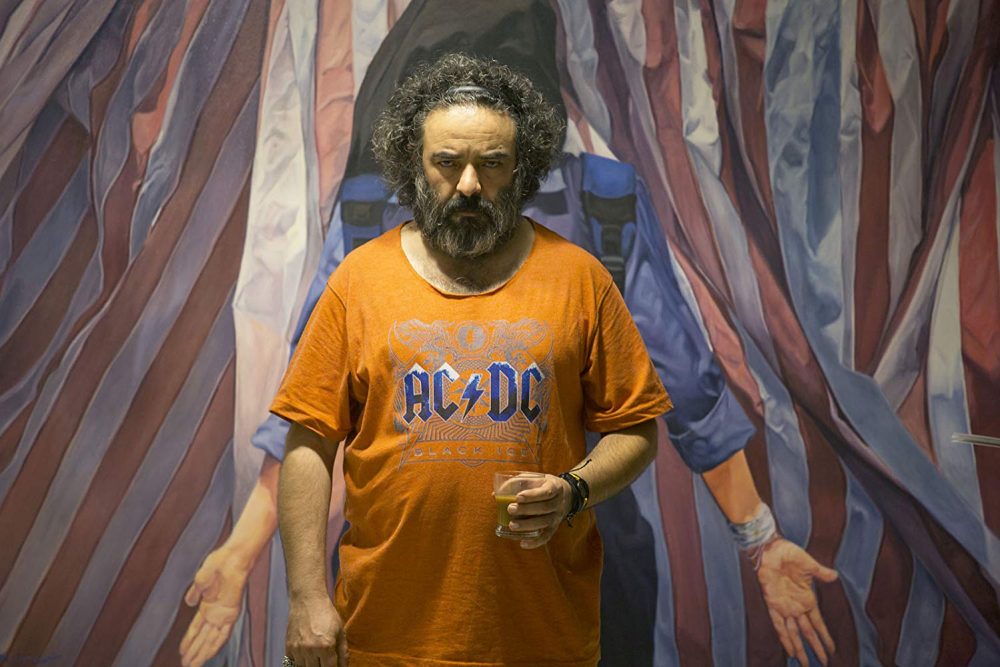What defines a genre? What makes a genre unique?
Arguably, there is no such thing as a genre. Yet we still place films into the groups we think suits them most. Pig (directed by Mani Haghighi and screened in last year’s Melbourne International Film Festival) seems to break the mould in the way that it tries to be a dark comedy that isn’t dark enough.
There are films that exaggerate violence to create humour, and there are others that make us sympathise with the struggles of rather pathetic characters.Pig does both. It extensively uses a mix-match of various genre traits, leading to a film with a confusing atmosphere in some places, and a rather stale atmosphere in others.
When you watch the trailer for Pig it’s obvious that it attempts to deviate from the norm, presenting lively images filled with colour and unique set design. The main plot begins after the uncovering of a brutal murder with a blacklisted director Hasan Kasami (Hasan Majooni) looking at his beloved actress attempting to move on from his exile from the film industry. This, coupled with the dramatic lighting, creates a compelling sequence of shots culminating in the breaking of a glass, and the loss of a lot of blood. This opening made me superficially compare it to In Bruges, in that it made me sympathise with, and find humour in a character out of his element and down on his luck.
It establishes an atmosphere that would have been enjoyable if it would have succeeded with such scenarios. What follows however, is a rather simplistic attempt at an Agatha Christie comedy – one that never actually solves itself. It relies on a premise that was meant to be modern, but ends up being inconclusive and unrealistic.
Now while the story fails to deliver, where the movie succeeds in making a subtle statement is in Mani Haghighi’s surrealist sequences. Seasoning the movie with short bursts of artistic flare, these sequences prevent the film from being mindless, diverting it towards being a more grounded story about a flawed artist. With scenes in which there is complete darkness juxtaposed by a single neon tennis racket that turned into a guitar, or the meeting with a dead spirit dressed as a bird that is visually comparable to a Studio Ghibli film, Pig has its moments where it shines brightly.
The film falls in standard when the contrast between artistically significant scenes, and poorly delivered comedy becomes evident. It tried to be too much, without being enough of what it should have been. The film would have been far more interesting if Mani Haghighi had toned down the flamboyance to make a comedy that delves into the psyche of a director’s loss of character.
Furthermore, the quick tonal changes in the dialogue exhibited an uneasy feeling which could have been justified, but wasn’t. The dialogue would switch from the death of a person, to the comedy of Hassan’s reaction (which erred on being overplayed in a couple of scenes). However in other cases, including a discussion between a mother and son about his impending doom, this shift created a rather hilarious encounter that to its credit left the theatre I was in booming with laughter.
Pig is an interesting film in what it tried to create. The basics of what it could have become were there. The excessive nature of the film, however, was its downfall. If the violence was toned down, the ostentatious use of death would have been more impactful, and if the character interaction, and mentality of the main character would have been better exploited, the film could have been great. We slot films into genres so we can get an idea of what they are about. Pig shows that while delineating from this convention can be beneficial, the consequences can be just as destructive.


